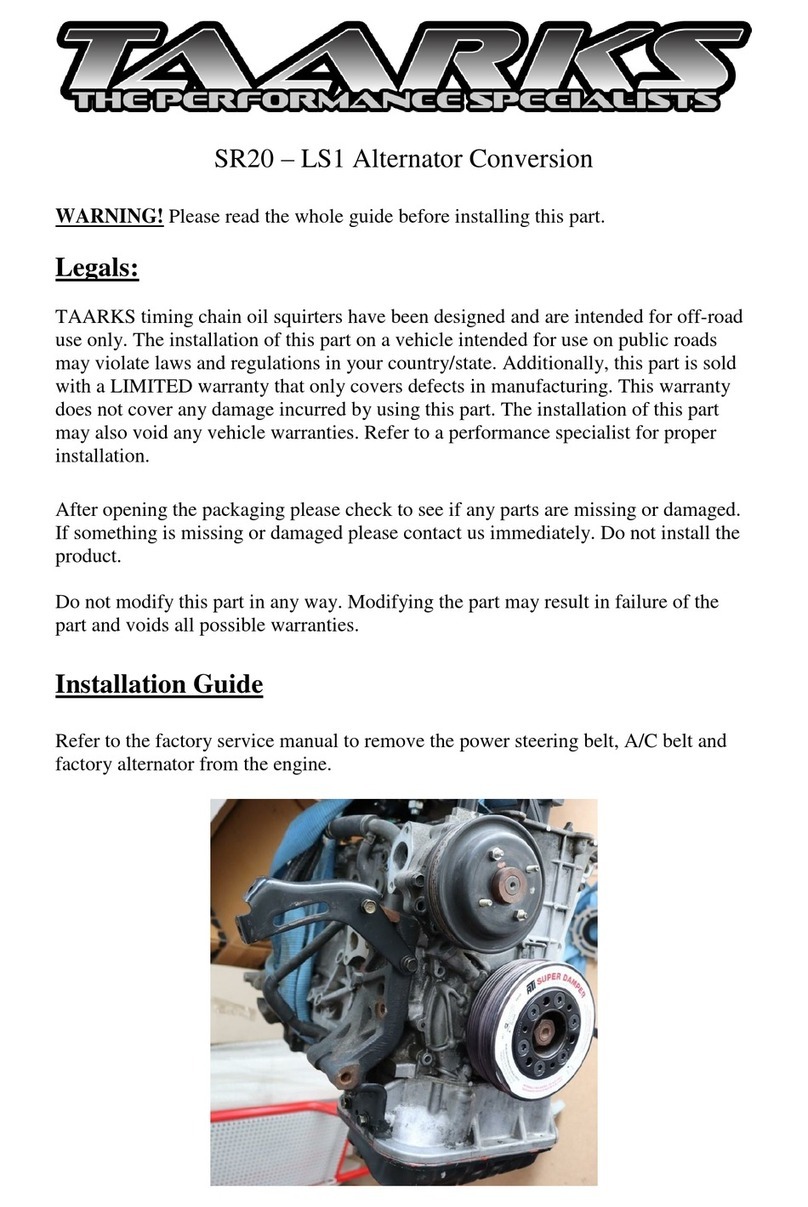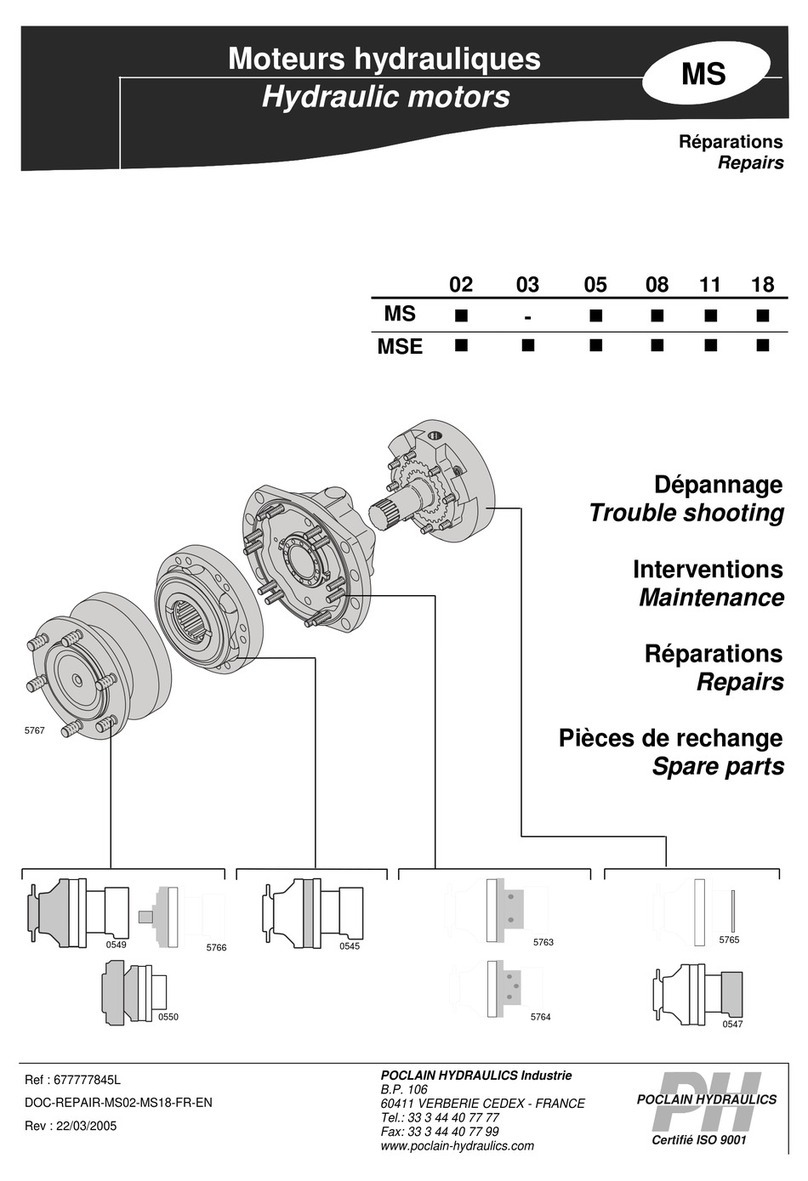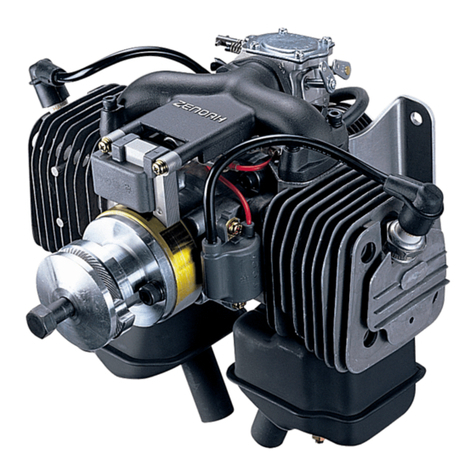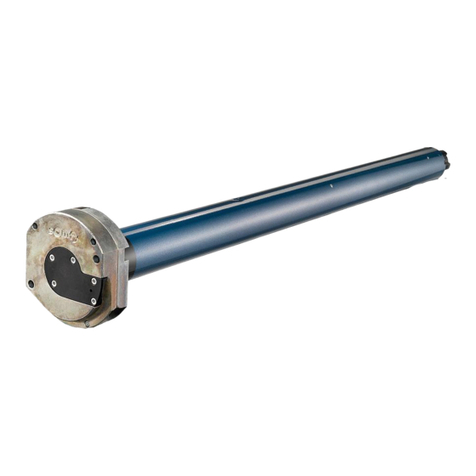Barrus SHIRE 15 YM DB BARNES Operation instructions



















Table of contents
Other Barrus Engine manuals

Barrus
Barrus Shire 90 Operation instructions

Barrus
Barrus Shire 15 Work Boat YM Operation instructions
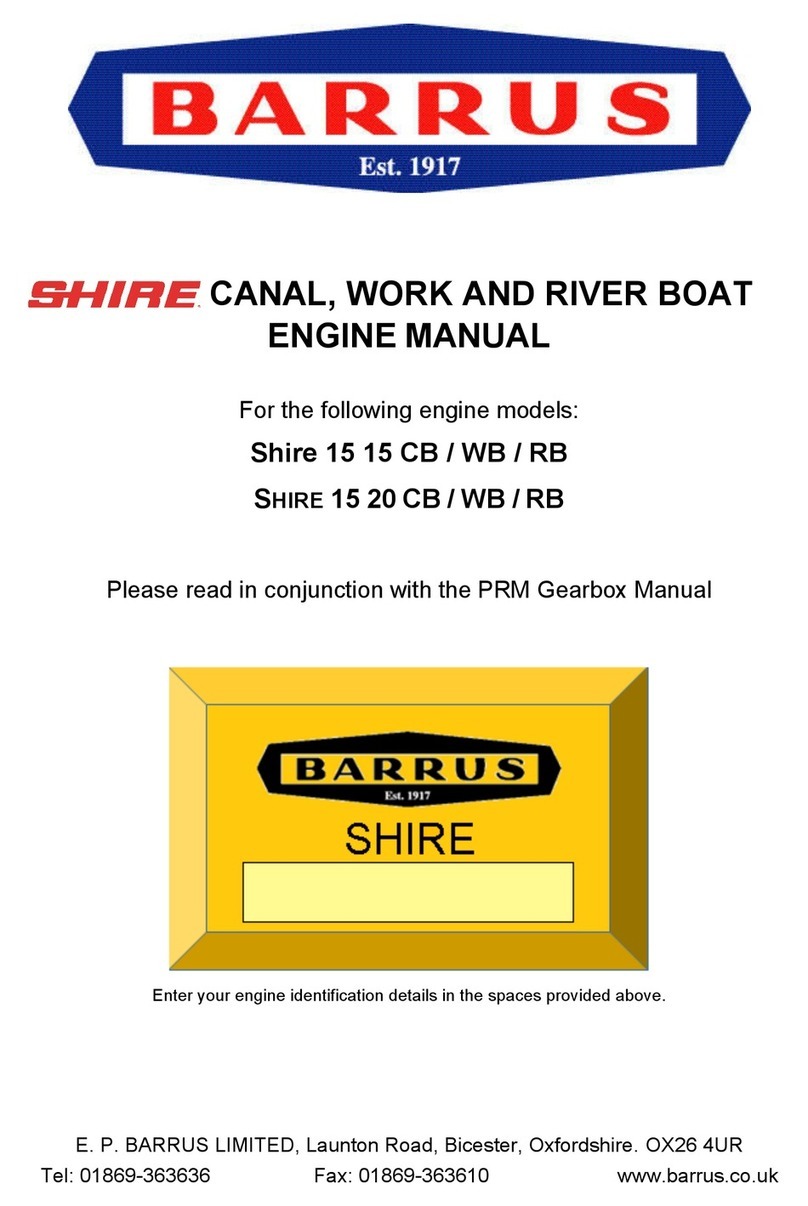
Barrus
Barrus Shire 15 15 CB User manual

Barrus
Barrus Shire 30 WB User manual

Barrus
Barrus Shire 39 User manual

Barrus
Barrus Shire 15 15 CB User manual

Barrus
Barrus Shire 43 WB Operation instructions

Barrus
Barrus 4JH57 User manual
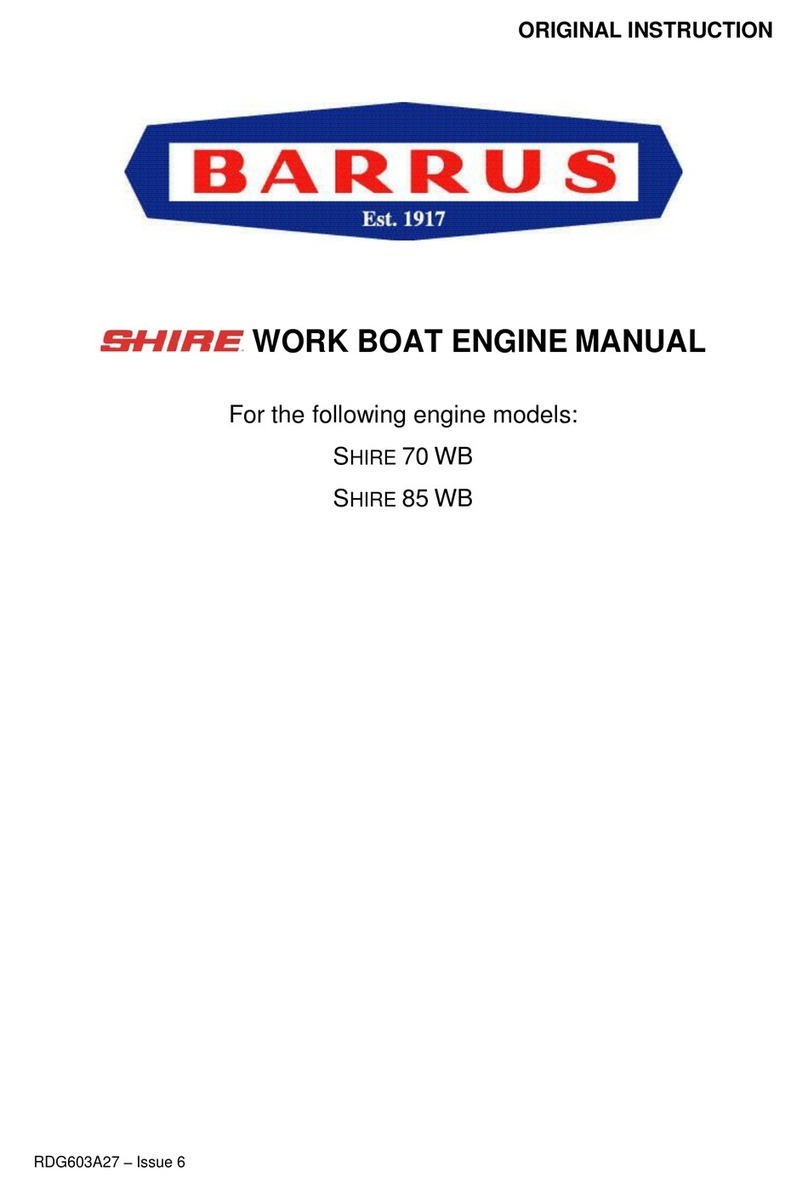
Barrus
Barrus SHIRE 70 WB User manual

Barrus
Barrus Shire 70 User manual
Popular Engine manuals by other brands
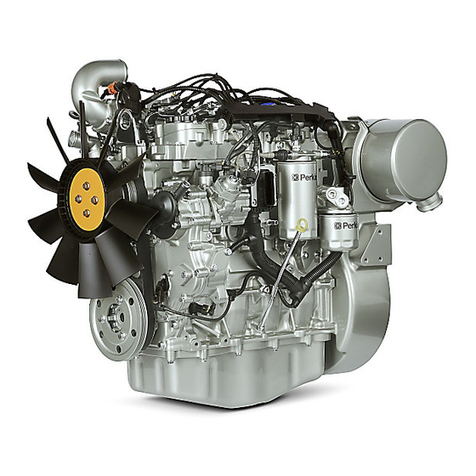
Perkins
Perkins 854F-E34T Troubleshooting
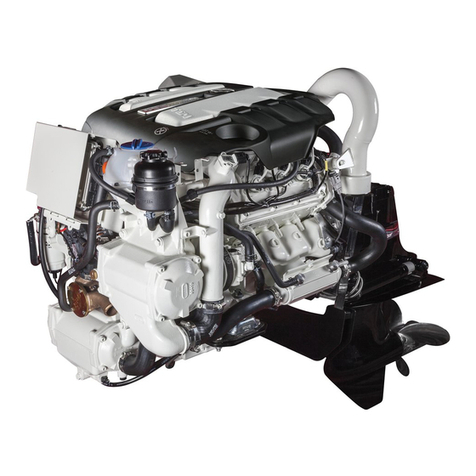
Mercury
Mercury Diesel 3.0L TDI Tier III Service bulletin
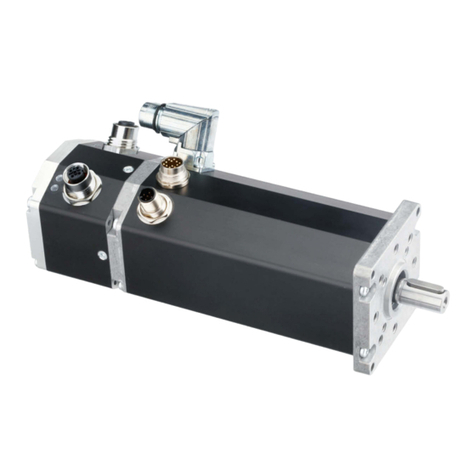
Ametek
Ametek dunkermotoren BG 75 instruction manual

Hyundai
Hyundai L500 SERIES Installation and operation manual
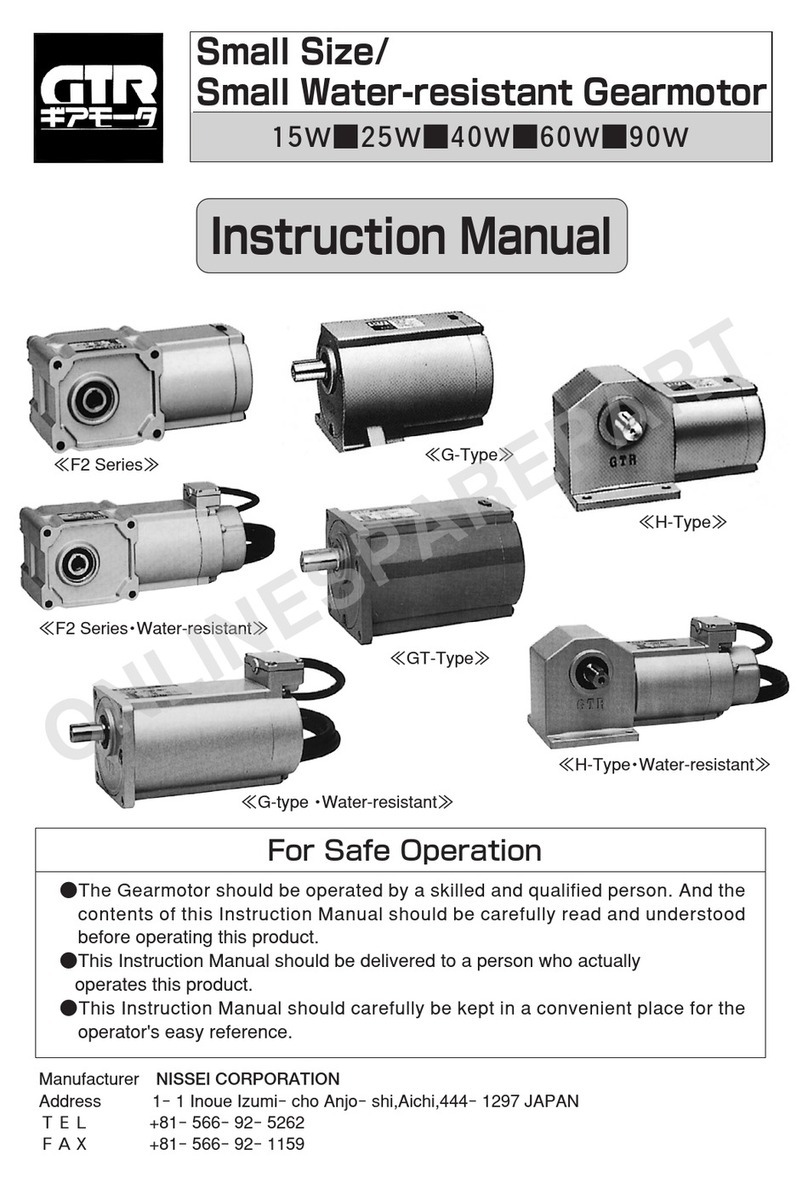
Nissei
Nissei F2 Series installation manual

O.S. engine
O.S. engine GF40 Owner's instruction manual
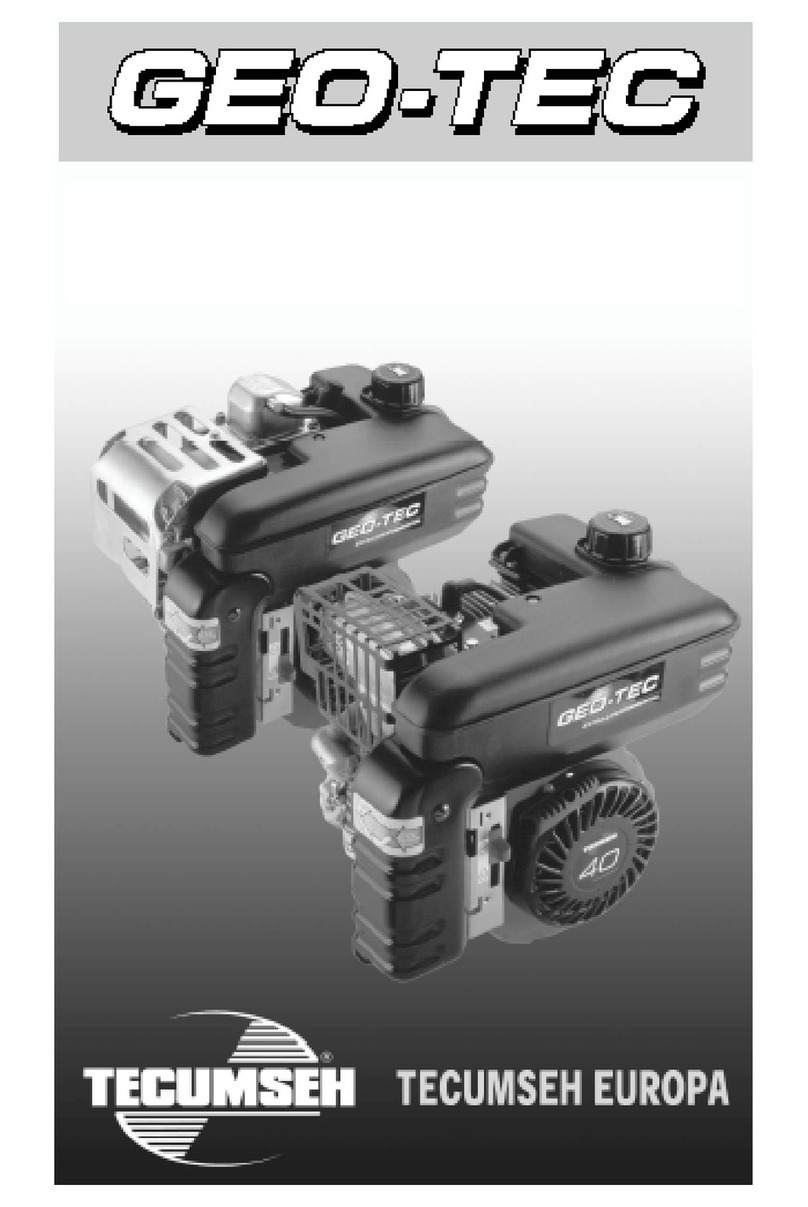
Tecumseh
Tecumseh GEO-TEC quick start guide
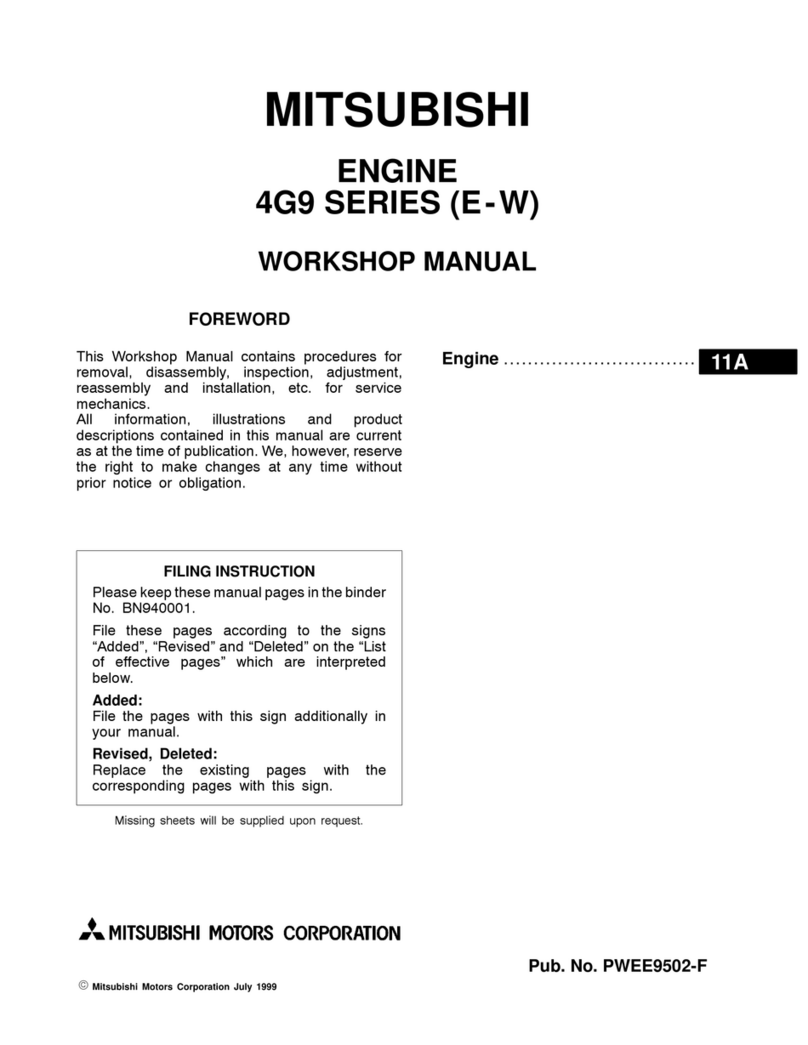
Mitsubishi
Mitsubishi 4G9 series Workshop manual
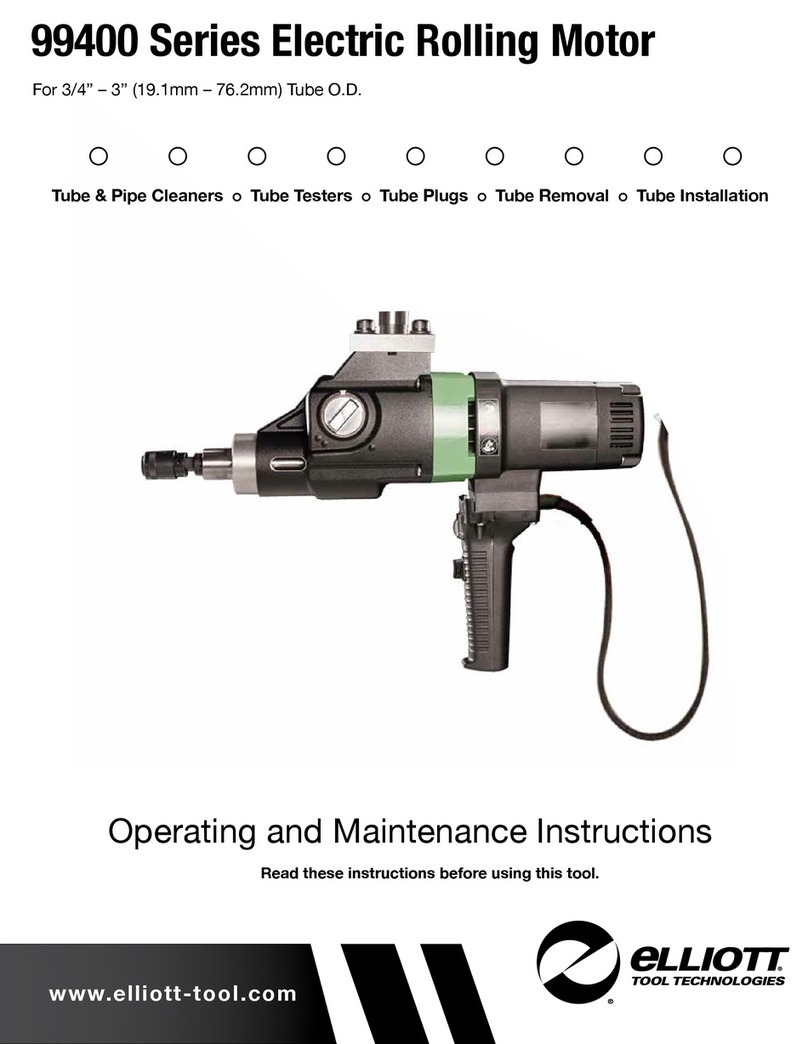
Elliott
Elliott 99400 Series Operating and maintenance instructions
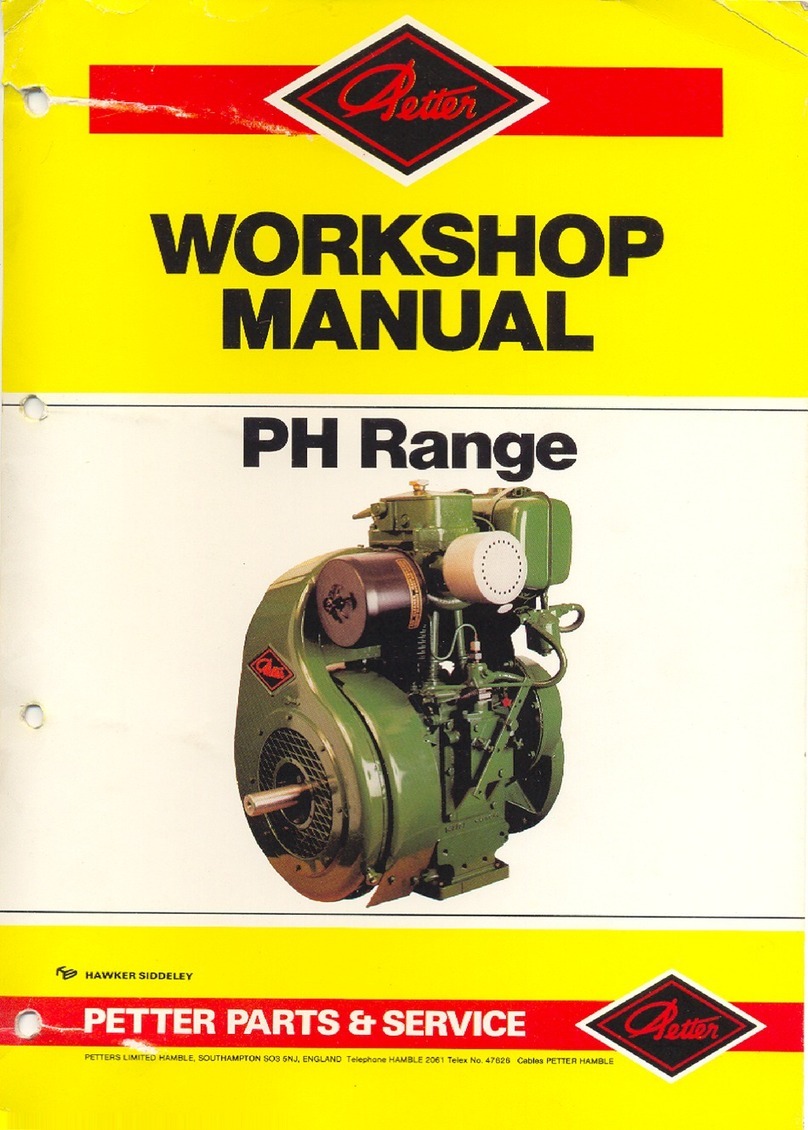
Petter
Petter PH Range Series Workshop manual
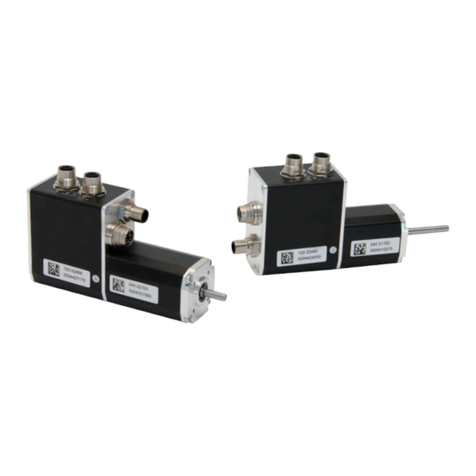
Ametek
Ametek Dunkermotoren BG 45 15 Series instruction manual

DETROIT
DETROIT GHG17 DD Operator's manual





